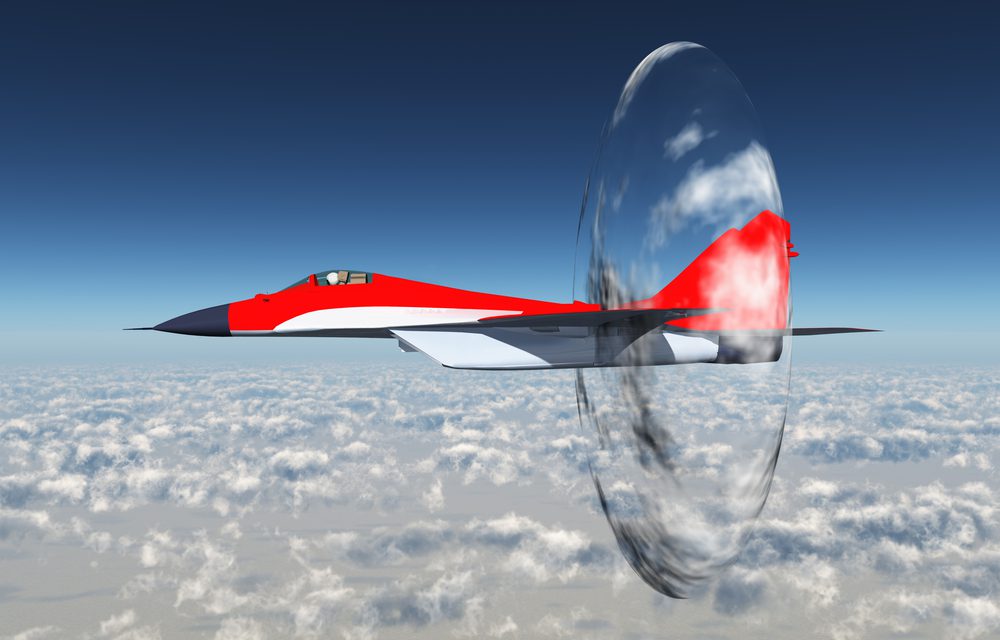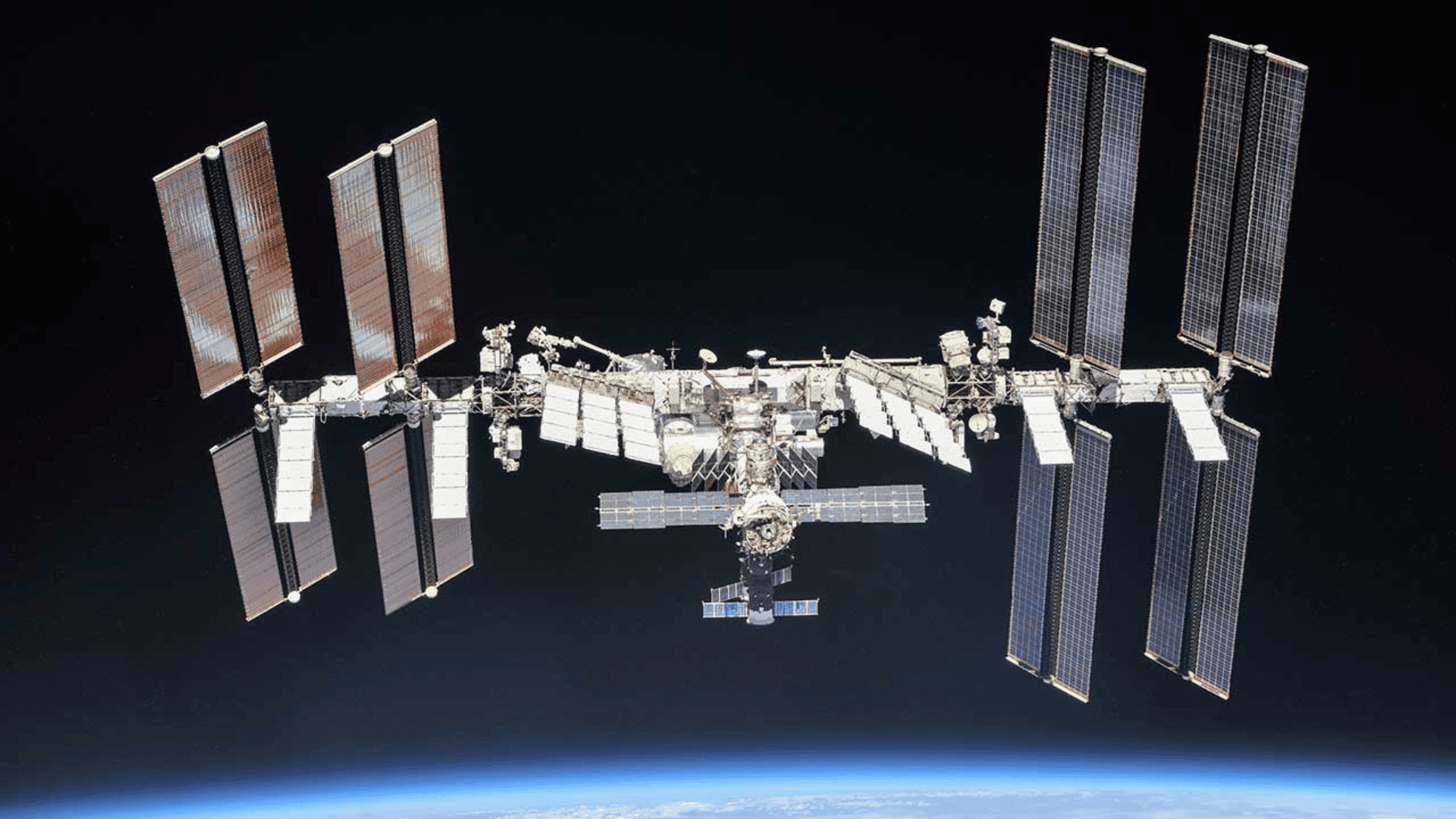It’s mean, it’s lean, it’s covered in green. It can travel at supersonic speeds without creating ear-shattering sonic booms. No, it’s not Superman swapping his costume with the Green Lantern’s- it’s the Supersonic Green Machine.

Designed by the Lockheed Martin Corporation for NASA, the Supersonic Green Machine is an aircraft capable of overland supersonic flight. Normally, such speeds can only be attempted in remote areas or above the atmosphere, as the sonic boom created can shatter glass or weaken buildings. Thanks to the “’inverted-V’ engine-under wing configuration,” however, the SGM’s boom will be quieter and less destructive.
Origins
The plane was originally presented in 2010 to the NASA Aeronautics Research Mission Directorate. At the time, they were funding studies into “advanced supersonic cruise aircraft that could enter service in the 2030-2035 timeframe.” As the name implies, the Supersonic Green Machine will be more environmentally friendly than other jets, with limits on fuel consumption and pollution. Other “revolutionary technologies” will be at work to provide advancements in payload and range as well.
All this signals that the Supersonic Green Machine may be the return of the commercial supersonic plane. During the 20th century, both passenger and transport supersonic planes were in use and quite common. The Concorde was notorious for this, and the booms it created were one of the many factors contributing to its downfall. This new system should, in theory, provide the same speed (if not more) as the Concorde while being quieter and less fuel-hungry than its predecessor.

Unfortunately, this is all the concrete information currently available to the public. While several forums and science websites are offering speculation, the development of the Supersonic Green Machine is being kept under heavy wraps. Not without good reason- despite being announced nearly a decade ago, earliest plans for its release are still eleven years away. It’s safe to assume that as the 2030 release date approaches, more information will be made available.
Similar Projects
However, Lockheed Martin and NASA are hard at work on another project, the X-59 Quiet Supersonic Technology Aircraft. Much like its cousin, the X-59 is being developed to produce quieter sonic booms to allow for overland travel. According to NASA, the sound will be no louder than a car door closing. It’s even been dubbed the “son of Concorde” by Lockheed Martin. The craft entered manufacturing last year with the first flight scheduled for 2021.
Boom Supersonic is a rival company hoping to kickstart the supersonic plane movement too. Their prototype, the XB-1, is set to be flown later this year. They claim it is “history’s first independently developed supersonic jet and the fastest civil aircraft ever built.” As for concerns on the noise, Boom Supersonic has said the XB-1 will be “30 times quieter” than the Concorde. It will also only seat half of its predecessor’s max capacity- 55 passengers.

Despite these competitors, the Supersonic Green Machine stands out. For one, the snazzy paint job has already earned it a cult following (and comparisons to a leek). But the real innovation is adapting supersonic flight for modern sensibilities. Supersonic jets, while impressive, are expensive to operate and less than eco-friendly. This new wave of planes not only strive to be cheaper and more efficient but solve the problem of noise pollution. Whether or not they succeed is still unknown. For now, put your trays in the upright position and prepare for takeoff. It might just be a bumpy ride.
Influence the future and follow our World of Innovation.







